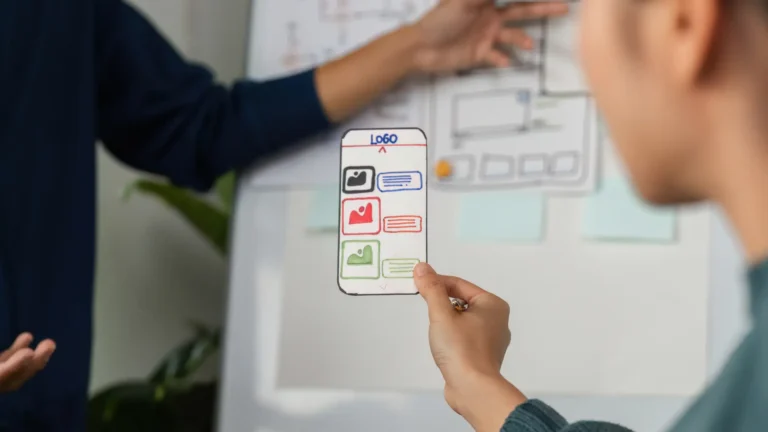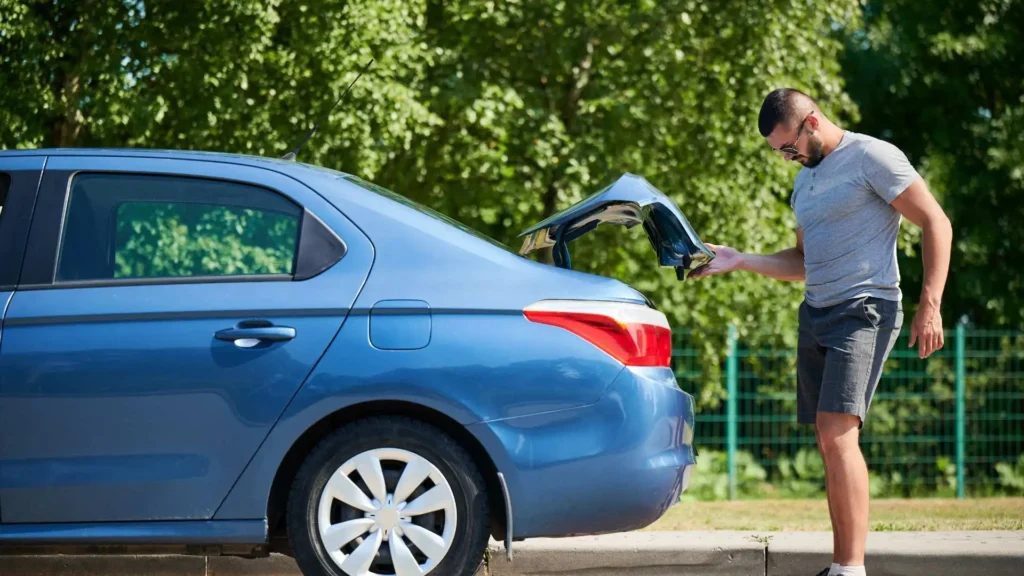Table of Contents
Every app starts as a spark, like a personal annoyance, a “wouldn’t it be great if…” moment, or a late-night brainstorm. But the moment you start turning that spark into something real, the details can get overwhelming. Which screen comes first? What feature is essential? What can wait?
An app roadmap is what helps you make sense of it all. It takes the idea out of your head and turns it into something buildable, like a sequence from concept to launch. And here’s the best part: you don’t need to be a developer to create one.
Founders around the world, from tech hubs in Austin or New York to London or Brisbane’s startup circles, start the same way: by focusing on clarity, not code.
An app roadmap isn’t a tech spec. It’s your translation layer and the bridge between imagination and execution.
People Also Read: Apps Like Beem
Start with One Clear Purpose
The number one mistake first-time app founders make? Trying to do too much at once. When you narrow your focus, your roadmap becomes simple and actionable.
Ask yourself:
“What is the one problem my app solves?”
Be specific. Not five problems. Not every user in the world. Just one.
Once your purpose is clear, everything else falls into place, be it features, design, messaging, or even color choices.
Example: Beem’s earliest product roadmap revolved around one goal of making financial access simple and stress-free. That focus shaped everything, from the Everdraft™ cash feature to the launch of the new Beem Credit Builder Card.
Decide What Your First Version Needs (and What Can Wait)
Your first version, the MVP, is not your dream version. It’s your learning version.
The purpose of Version 1 is to:
- Prove your idea works.
- See how users actually interact.
- Learn what’s essential before investing more.
Adding “nice-to-have” ideas early can slow you down and drain your budget. Instead, your first version should feel like: “This app does one thing really well. Everything else can come later.”
If you’re considering financial functionality (such as Beem’s credit-builder or deposit features), it’s crucial to start lean by focusing on security, reliability, and ease of use.

Map the User Experience from Start to Finish
Before jumping into screens and designs, walk through what your user actually does inside the app.
Imagine it step-by-step:
- They open the app.
- What do they see first?
- What’s the main action they need to take?
- How do they complete that action and feel successful?
Write this flow in plain language. No technical jargon. This step prevents you from creating screens that look polished but confuse users.
People Also Read: Budget Apps For the Household
Break the Build Into Phases
Building everything at once sounds efficient, but it’s a trap. Smart app teams build in phases:
Phase 1: Core Functionality
Your app’s essential action. The thing users came for.
Phase 2: Usability Adjustments
Improve speed, fix friction, simplify navigation, and respond to early feedback.
Phase 3: Enhancements & Growth
Add polish, personalization, loyalty mechanics, or advanced integrations
This phased model keeps your team motivated and your progress visible, essential when working with small budgets or remote teams.
Communicate Clearly With Developers
When you’re ready to work with professionals, communication matters more than code. If you’re based in Australia, app developers in Brisbane, such as DreamWalk, have helped early-stage founders map their ideas into structured development plans.
In the US, you’ll find similar support in local dev studios or no-code agencies. But wherever you are, your first conversation shouldn’t be, “Can you build this?”
It should be, “Here’s what the user needs. How can we make that experience feel natural?”
A great developer will ask smart questions, challenge unnecessary complexity, and prioritize what’s critical for your MVP.
Test Early, Learn Constantly
Don’t wait for perfection before testing. Show your app to people early.
If someone asks, “What do I do here?”. That’s feedback gold.
Use tools like TestFlight, Maze, or even lightweight clickable prototypes to run early user tests. Beem does this constantly by testing new wallet flows, payment journeys, and user messaging before big rollouts. The earlier you test, the cheaper it is to fix mistakes.
Operational Planning Matters Too
Behind every good app is strong operational thinking. Especially if your app involves money, identity, or healthcare.
Plan for:
- Customer support and helpdesk flows.
- Data privacy and security measures.
- Clear refund or resolution policies.
- Regulatory compliance, if applicable.
Beem built its foundation on transparency, featuring secure integrations, FDIC-insured partners, and clear upfront user policies, so users always know what to expect.
Make Your App Roadmap a Living Document
A roadmap is not a promise; it’s a guide. Revisit it after every milestone.
Ask:
- What did users love?
- What can we simplify?
- What didn’t work?
Great apps evolve with feedback. Utilize analytics, surveys, or app reviews to inform data-driven decisions.
Your App Roadmap
The best apps don’t start perfectly; they start with a focus. Your roadmap doesn’t need to be long; it needs to be clear. Define one problem, ship one solution, and iterate. The moment you can explain your product clearly to a friend over coffee, you’re halfway there.
Just like Beem, great ideas grow when they’re simple, useful, and rooted in helping real people live better.
Frequently Asked Questions
1. Do I need to know coding to create an app roadmap?
No. A roadmap is a thinking tool, not a technical one. It’s about defining goals, user journeys, and core priorities, something anyone can do. Developers, designers, and marketers will use your roadmap to build the technical parts, but clarity comes from you.
2. How do I choose which features go into my first version?
Start with your “why.” Which feature best delivers your core promise? Then, ask which features are necessary for that outcome. Everything else goes into a “later” bucket. Many founders use the “MoSCoW” method, which is Must have, Should have, Could have, Won’t have (yet), to stay focused.
3. How do I know if my app is ready for launch?
You’ll know you’re close when three things happen: Your core feature works reliably end-to-end. At least 5–10 unbiased users can complete the main task without asking for help. You’ve tested key failure cases (login issues, payment errors, offline handling). Once those are stable, your app is ready for a controlled soft launch or beta.
















































